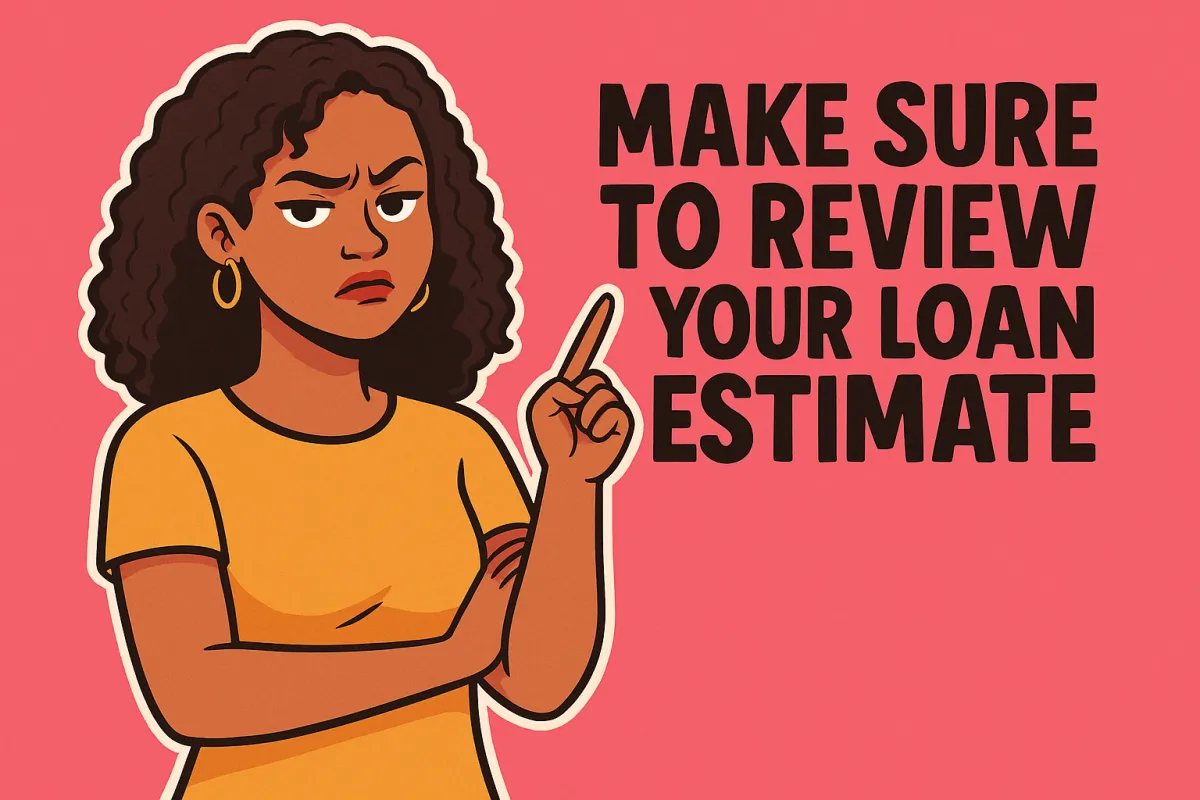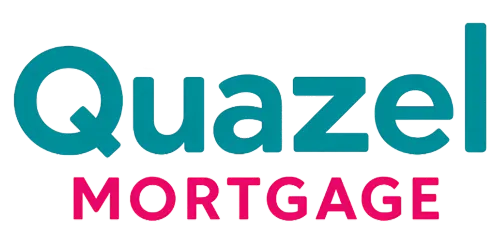
How to Read a Loan Estimate (And Why It Matters)
A Loan Estimate gives you a clear, upfront summary of the most important terms and costs associated with the mortgage loan you’ve applied for. Whether you're buying your first home or refinancing, understanding this three-page document is one of the smartest things you can do before signing on the dotted line.
Use this guide to walk through your Loan Estimate step-by-step — and learn how to spot mistakes, compare lenders, and avoid surprises at closing.
What Is a Loan Estimate?
The Loan Estimate, or LE, is a standardized form every lender must provide within three business days of your application. It includes key details about:
Loan amount and type
Interest rate and monthly payment
Closing costs and fees
Estimated cash needed at closing
Even though the form is standardized, the numbers can vary widely between lenders. That’s why it’s important to not only understand your estimate — but to compare it with others.
Page 1: Loan Terms and Monthly Payment
What to Review:
Your Name: Is it spelled correctly?
Loan Term, Purpose, and Type:
Is it a 15-, 20-, or 30-year loan?
Are you purchasing or refinancing?
Fixed rate or adjustable?
Conventional, FHA, VA, or USDA?
Loan Amount: Does it match what you expected?
Monthly Principal & Interest: Understand what portion goes toward your loan balance vs. interest.
Additional Charges: Are taxes, insurance, or HOA fees included?
Estimated Total Monthly Payment: Does it align with your budget?
Taxes & Insurance: Are these escrowed, or will you be paying them separately?
Estimated Closing Costs & Cash to Close: Do you have enough savings to cover these?
Definitions to Know (Page 1)
Rate Lock: Whether your interest rate is locked in or can still change.
Fixed vs. Adjustable Rate: Fixed stays the same, adjustable can rise or fall.
Prepayment Penalty: A fee for paying off your loan early. Not common, but check.
Balloon Payment: A large payment due at the end of the loan term.
Mortgage Insurance: Required if your down payment is below 20% on most loans.
Monthly Principal & Interest: The core of your mortgage payment.

Page 2: Closing Costs and Fees Breakdown
This page shows the itemized costs that make up your closing expenses. Here’s how to review them:
1. Compare the Origination Charges
These are the lender’s fees for processing your loan.
Some lenders charge a flat fee, others charge a percentage of the loan.
A lender advertising “no fees” may build those costs into a higher rate.
2. Services You Cannot Shop For
Includes appraisal, credit report, flood certification, etc.
Even though you can’t shop for them, you can compare their costs between lenders.
3. Services You Can Shop For
Includes title insurance, escrow, pest inspections, and more.
You have the right to choose providers and shop for better pricing.
4. “Other Costs”
Might include HOA transfer fees or optional warranties.
If something looks unfamiliar, ask your lender for clarification.
5. Homeowner’s Insurance and Property Taxes
Are the estimates accurate based on your local taxes and insurance quotes?
6. Lender Credits
Some lenders offer credits in exchange for a slightly higher rate.
Be sure you understand the tradeoff and compare net costs.
7. Estimated Cash to Close
Includes down payment, fees, and prepaids.
Make sure this total aligns with your financial plan.
Definitions to Know (Page 2)
Points: Optional fees paid to reduce your interest rate.
1 point = 1% of your loan amount.
Useful if you plan to stay in the home long-term.
Page 3: Fine Print and Final Comparisons
This page includes key disclosures and a section to compare loans more effectively.
1. Loan Officer Contact Info
Is the name, phone, and email correct?
If someone else has been handling your file, ask why.
2. Comparisons Section
Compares total cost over the first five years
Shows how much principal you’ll have paid after 60 months
Lists the APR (Annual Percentage Rate), a better total-cost indicator than the base interest rate
3. Late Payment Penalty
How much will it cost if you’re late by 15 days or more?
Definitions to Know (Page 3)
Appraisal: A third-party estimate of the property’s fair market value.
Assumption: Indicates if a future buyer could take over your loan (rare with most conventional loans).
Loan Servicer: The company you’ll make monthly payments to — often different from your original lender.
Why You Should Compare Loan Estimates
Even a small difference in fees or rate can cost — or save — you thousands over the life of your loan. Comparing Loan Estimates is one of the easiest and smartest moves you can make as a buyer.
At Quazel Mortgage, we specialize in helping homebuyers and homeowners compare offers line-by-line. We’ll show you exactly how your Loan Estimate stacks up and whether we can beat it.

